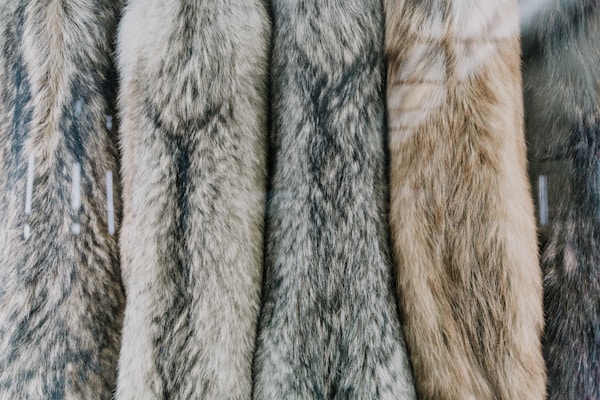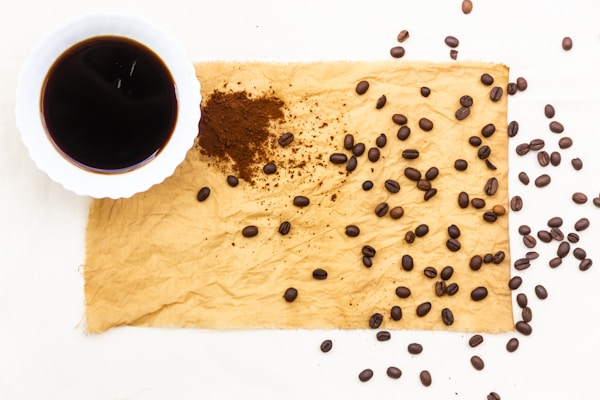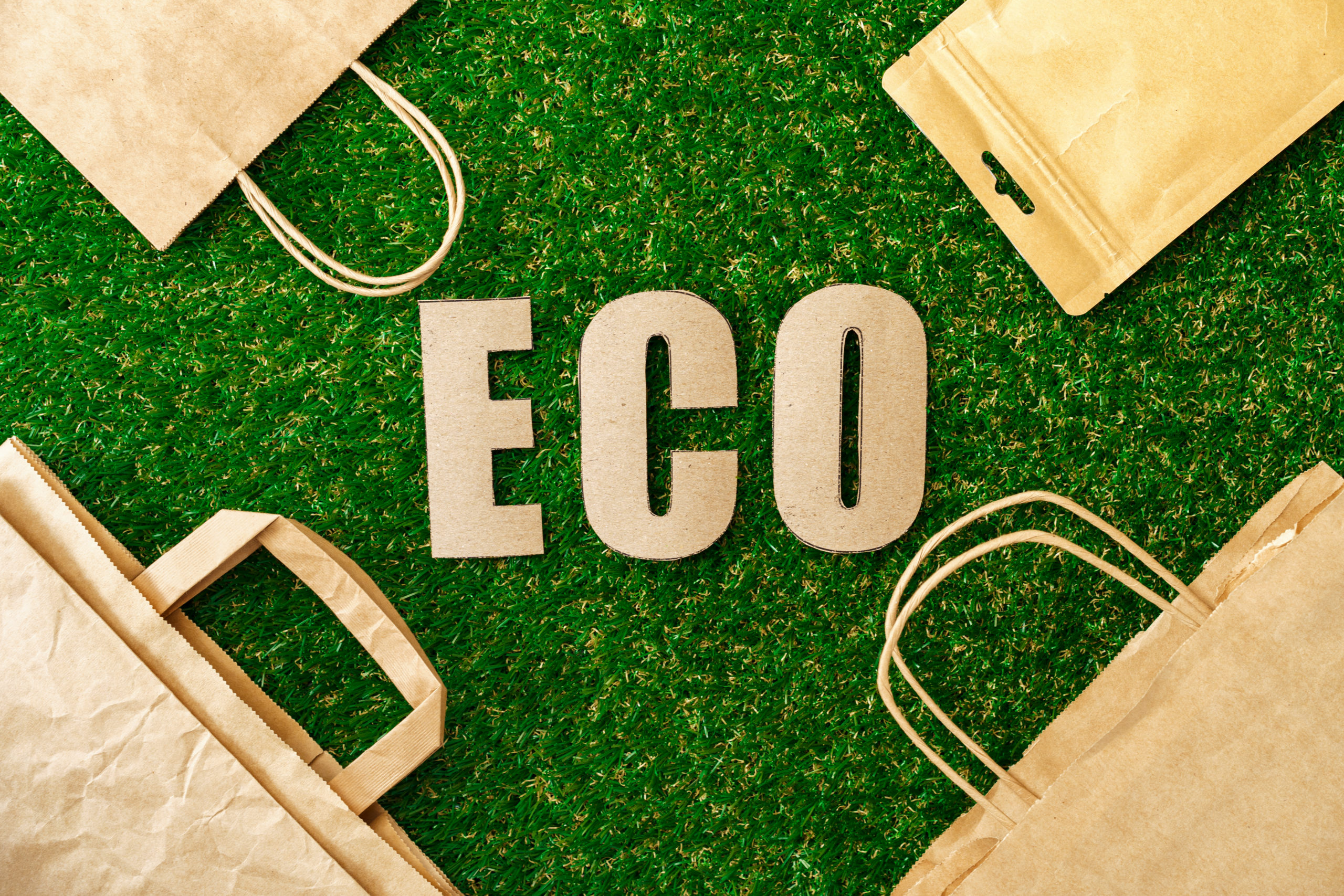There’s no doubt about it—crafting is a hugely popular hobby. But as with any hobby, it’s important to be eco-friendly. After all, the last thing we want to do is harm the environment we love so much!
Here are some tips to get you started:
Consider using faux fur fabric.

Faux fur fabric is a great fabric to use if you’re looking to go green with your crafting. It’s a beautiful and environmentally-friendly fabric that you can use to create a variety of different items. If you’re looking for a way to add a touch of luxury to your crafting projects, faux fur is a great option. It’s soft and luxurious, and it can be used to create a variety of different items. You can make a faux fur scarf, a hat, a pillow, or even a blanket. The possibilities are endless!
One of the best things about faux fur is that it’s so versatile. You can use it to create a wide variety of different items, and each item will be unique and stylish. Faux fur is also a great choice if you’re looking for a way to add a touch of luxury to your crafting projects. It’s soft and luxurious, and it can be used to create a variety of different items.
If you’re looking for a way to go green with your crafting, faux fur is a great option. It’s a beautiful and environmentally-friendly fabric that you can use to create a variety of different items. If you’re looking for a way to add a touch of luxury to your crafting projects, faux fur is a great option. It’s soft and luxurious, and it can be used to create a variety of different items. You can make a faux fur scarf, a hat, a pillow, or even a blanket. The possibilities are endless!
Try to use natural and sustainable materials.
There are many reasons to use natural and sustainable materials when crafting. Perhaps the most important reason is that using these materials helps to reduce environmental impact. Natural materials are biodegradable and can be reused or recycled, while synthetic materials are not. In addition, using natural materials often results in products that are more durable and longer-lasting than synthetic products.
Bamboo is a great example of a sustainable material. It is a fast-growing grass that does not require pesticides or fertilizers to grow. Bamboo is also incredibly strong and durable, making it a perfect material for crafting products like furniture and flooring.
Wool is another sustainable material that is often used in crafting. Wool is biodegradable and can be recycled or reused. It is also a natural insulator, making it perfect for products like sweaters, blankets, and hats.
Cotton is another versatile natural material that is often used in crafting. Cotton is biodegradable and can be recycled or reused. It is also breathable, making it perfect for products like bedding, clothing, and towels.
Jute is a natural fiber that is often used in crafting. Jute is biodegradable and can be recycled or reused. It is also strong and durable, making it a perfect material for products like bags, rugs, and mats.
Look for natural dyes and finishes.

When looking for natural dyes and finishes, it is important to find ones that are eco-friendly. This means that they are made from natural ingredients and are not harmful to the environment. Some natural colors are not eco-friendly because they contain harmful chemicals.
When choosing a natural dye or finish, it is important to consider the finished product. Some natural dyes and finishes can produce beautiful results, while others can produce ugly results. It is important to test the dye or finish on a small piece of fabric before using it on a larger project. This will help you to determine if the dye or finish is right for your project.
Following these tips will help you create eco-friendly crafts that are both beautiful and sustainable.







